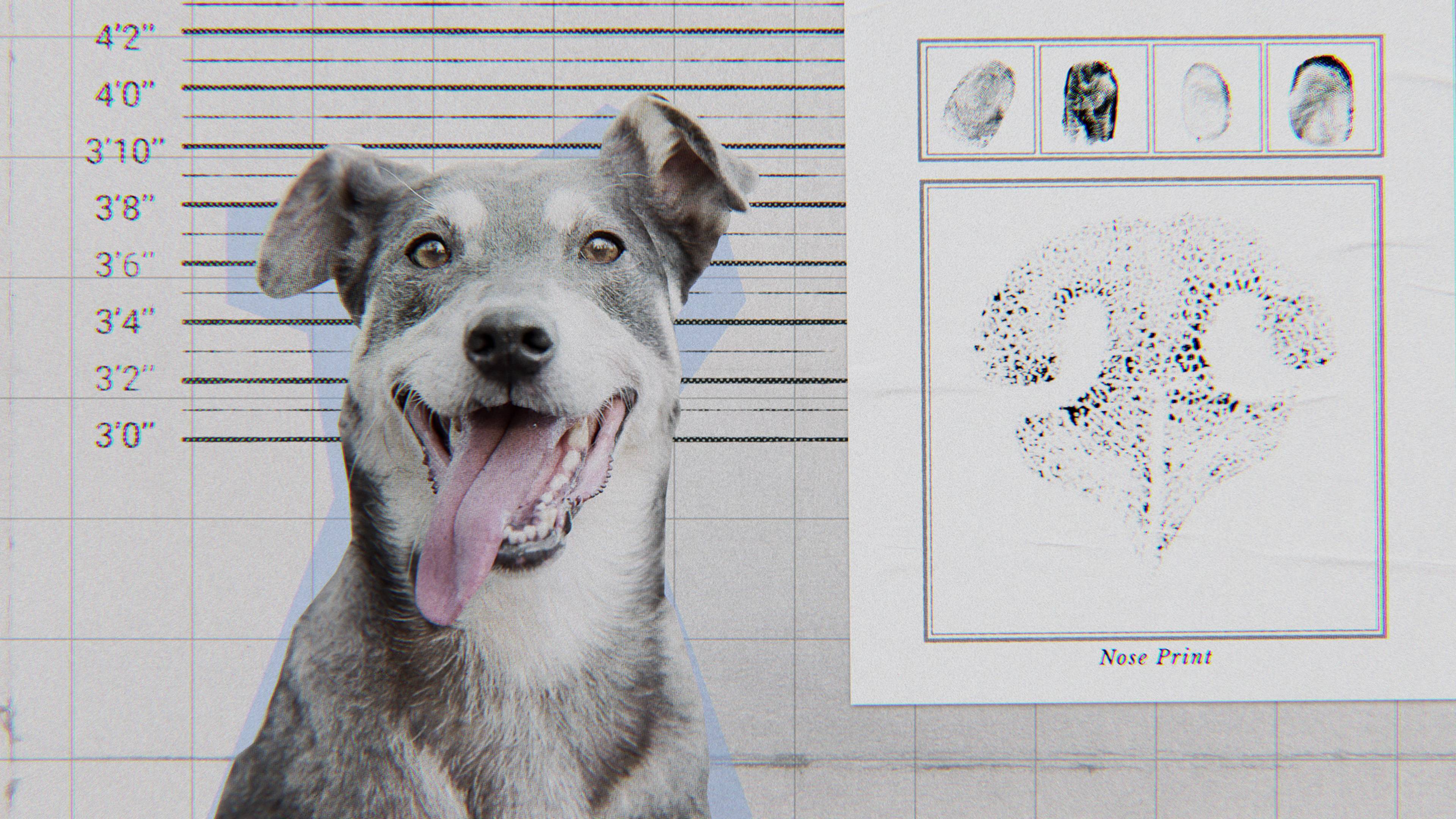Netflix has added an engrossing new documentary that reveals heaps of amazing secrets about dogs.
Narrated by Hollywood star Rob Lowe, Inside the Mind of a Dog is packed with incredible facts that will help you understand your pooch better.
Here are 7 astonishing secrets from Inside the Mind of a Dog and check out our best Netflix documentaries piece for more docs to enjoy…
1. Dogs are exceptional at understanding helpful hand suggestions
Yes, dogs are brilliant at understanding pointing. “Dogs in general are really good at following a human point,” explains Dr. Emily Bray, Assistant Professor at the College of Veterinary Medicine. They’re even better at it than our closest living relatives the apes.
2. Dogs have unique noseprints and their nose is their superpower

Dr. Erin Hect, part of Harvard University’s Canine Brains Project, says: “Dogs have noseprints in the same way we have fingerprints. If you were to put a little bit of ink on a dog’s nose and press it onto a piece of paper it would make a unique imprint.”
Dogs can make a spatial map of a room using just their nose. A dog’s nose can detect millions of different smells and could even work out if their owner was somewhere the day before! A dog can use its nose to detect our mood and can even detect diseases.
3. Every dog has 99.9% of the same DNA as wolves
The scientific name for dogs is Canis Familiaris and the scientific name of a wolf is Canis Lupus. “Every dog and every dog breed is just another version of a wolf that through selection and evolution has expressed itself,” says Dr Brian Hare, Founder of Duke University Canine Cognition Center. He explains that early man wiped out a lot of predators but wolves survived. Wolves then started following us around eating all the yummy stuff we disposed of. “A new type of friendliness evolved,” says Brian, and that friendly relationship between humans and dogs helped them survive.
4. Dogs have developed puppy eyes to interact with us
Dr Brian Hare explains: “They have a muscle that allows them to pull back their eye and show the white part of their eye called the sclera. We know that when humans interact seeing white sclera is the way that our brain automatically recognises you’re interacting with another human being. It’s one of the key ways newborn infants recognize their mother. Puppy dog eyes really hijack one of the main ways we interact with each other and dogs have taken advantage of it”. Dogs also have much better night vision than us but they don’t see as many colors as we do.
5. Dogs have 16 different facial expressions

Dr Will Draper, founder of The Village Vets, says dogs have 16 different facial expressions whereas humans have about 27 different facial expressions. He adds that dogs have learned a lot from us expression-wise.
At rest, a dog’s metabolism is about the same as a human’s. But when they need it dogs can shift gears having the highest sustained metabolic rate of any animal. It means they use the same amount of calories three times more efficiently than a Tour de France rider and makes them brilliant at endurance.
7. Telling tails

Watch On
The documentary reveals a loose tail indicates less stress and a happy dog, whereas a tight tail and wagging low, according to Matt Beingsner, founder of Zen Dog, indicates some stress. The helicopter tail wag accompanied by a big bum wiggle is a really positive sign and can happen when the dog sees someone they know.
Watch Inside the Mind of a Dog on Netflix now.


